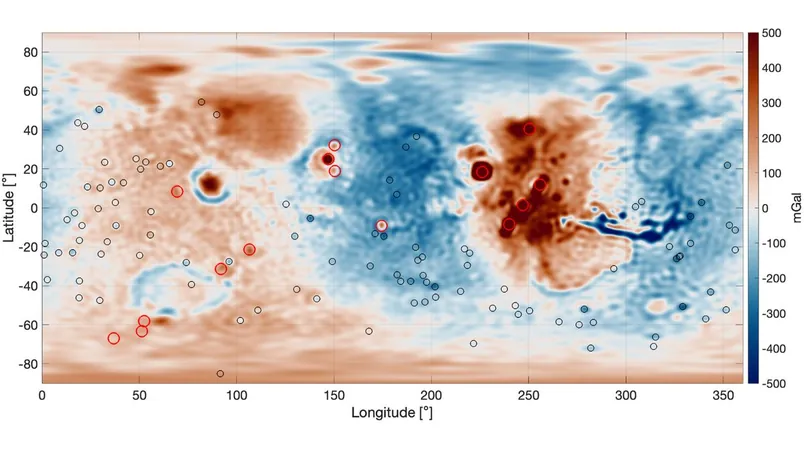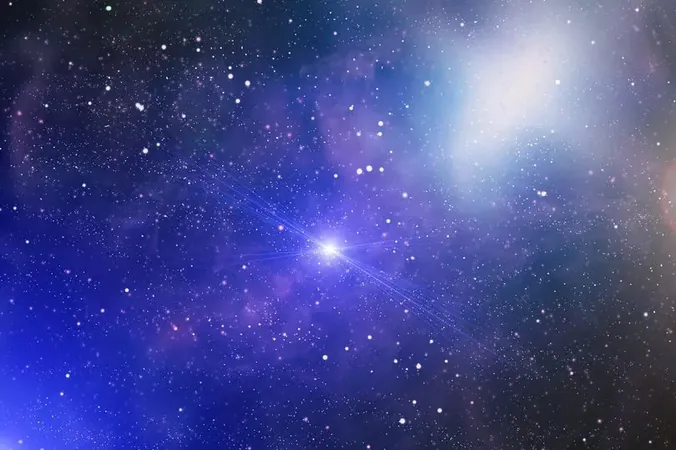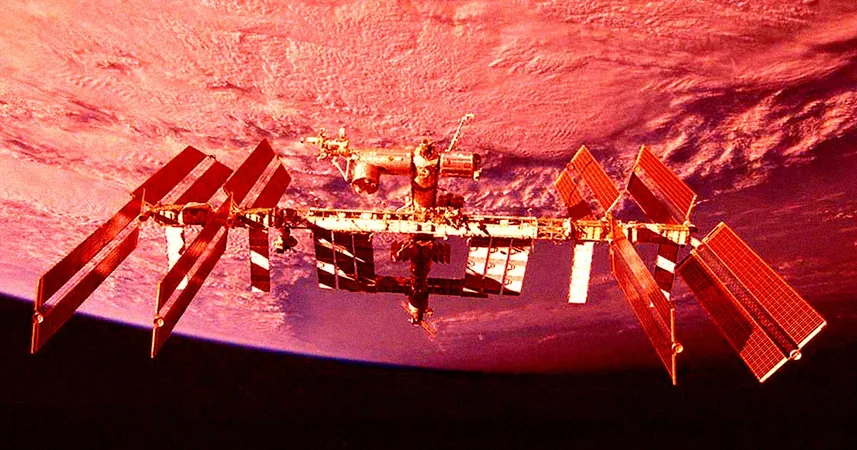
The Hidden Threat: Is Olympus Mons on Mars Poised for an Eruption?
2024-09-18
Introduction
An astonishing discovery has emerged from the Tharsis volcanic region on Mars, where a colossal plume of magma—extending over 1,000 miles—may be stirring beneath the surface, potentially signaling a future eruption of Olympus Mons, the tallest volcano in the solar system. Standing at an impressive height of 13.6 miles (21.9 kilometers), Olympus Mons is so towering that its caldera extends above Mars' atmosphere and into space. It is part of a group of four massive volcanoes in the Tharsis region, which also includes Ascraeus Mons, Arsia Mons, and Pavonis Mons. While these giants have remained dormant for millions of years, recent research suggests that their slumber may soon end.
Research Breakthrough
Bart Root, an assistant professor at Delft University of Technology in the Netherlands, spearheaded a groundbreaking study presented at the Europlanet Science Congress in Berlin. Root's team revealed that Mars could still harbor internal movements capable of giving rise to new volcanic features on the Martian surface.
The Tharsis Region
The Tharsis region itself is a monumental geological formation—a bulge measuring about 3,000 miles (5,000 km) across and rising 4 miles (7 km) above the surrounding landscape. By analyzing subtle changes in the orbits of several Mars satellites, including the Mars Express and the Mars Reconnaissance Orbiter, Root and his colleagues managed to map the planet's gravitational field, pinpointing areas with varying gravity.
Seismic Insights
Utilizing seismic data from NASA's Mars InSight mission, the team uncovered that Mars' interior is not structured in a simple layered manner. Instead, it features an intricate distribution of mass, complete with density anomalies. Beneath the Tharsis region, researchers identified a vast area with lower gravity, which they interpret as a 1,100-mile-wide (1,750 km) magma plume rising from deep within the Martian mantle, suggesting that it could eventually reactivate the dormant volcanoes.
Subsurface Formations
But that's not all. Root's team also discovered over 20 strange subsurface formations in Mars' northern hemisphere—some resembling a dog—hidden beneath ancient ocean sediments. Unlike the hot plume warming the Tharsis region, these structures are denser than their surroundings, indicating a stronger gravitational pull. The origins of these formations remain speculative; they could be remnants of volcanic activity or the result of ancient impacts.
Future Missions
Root commented, “These dense structures could be crucial for understanding Mars' ancient history. They are buried deep, and we’ve yet to see any signs of them on the surface.” To uncover more secrets buried beneath Mars' exterior, a new mission is being proposed: the Martian Quantum Gravity (MaQuls) mission. This initiative aims to provide detailed mapping of Mars' gravity field from orbit.
Conclusion
Lisa Wörner, a researcher at the German Aerospace Center, stated, “Mission observations would allow us to delve deeper into Mars' subsurface mysteries, enhancing our understanding of ongoing mantle convection, surface dynamics, seasonal atmospheric changes, and even the presence of groundwater reservoirs.” As scientists continue to unravel Mars' complex fabric, the question remains: Could the rebirth of these giant volcanoes lead to unexpected eruptions? The potential for life-sustaining resources hidden below the surface adds an extra layer of intrigue to this Martian enigma. Buckle up, because Mars might be gearing up for a spectacular show!





 Brasil (PT)
Brasil (PT)
 Canada (EN)
Canada (EN)
 Chile (ES)
Chile (ES)
 España (ES)
España (ES)
 France (FR)
France (FR)
 Hong Kong (EN)
Hong Kong (EN)
 Italia (IT)
Italia (IT)
 日本 (JA)
日本 (JA)
 Magyarország (HU)
Magyarország (HU)
 Norge (NO)
Norge (NO)
 Polska (PL)
Polska (PL)
 Schweiz (DE)
Schweiz (DE)
 Singapore (EN)
Singapore (EN)
 Sverige (SV)
Sverige (SV)
 Suomi (FI)
Suomi (FI)
 Türkiye (TR)
Türkiye (TR)